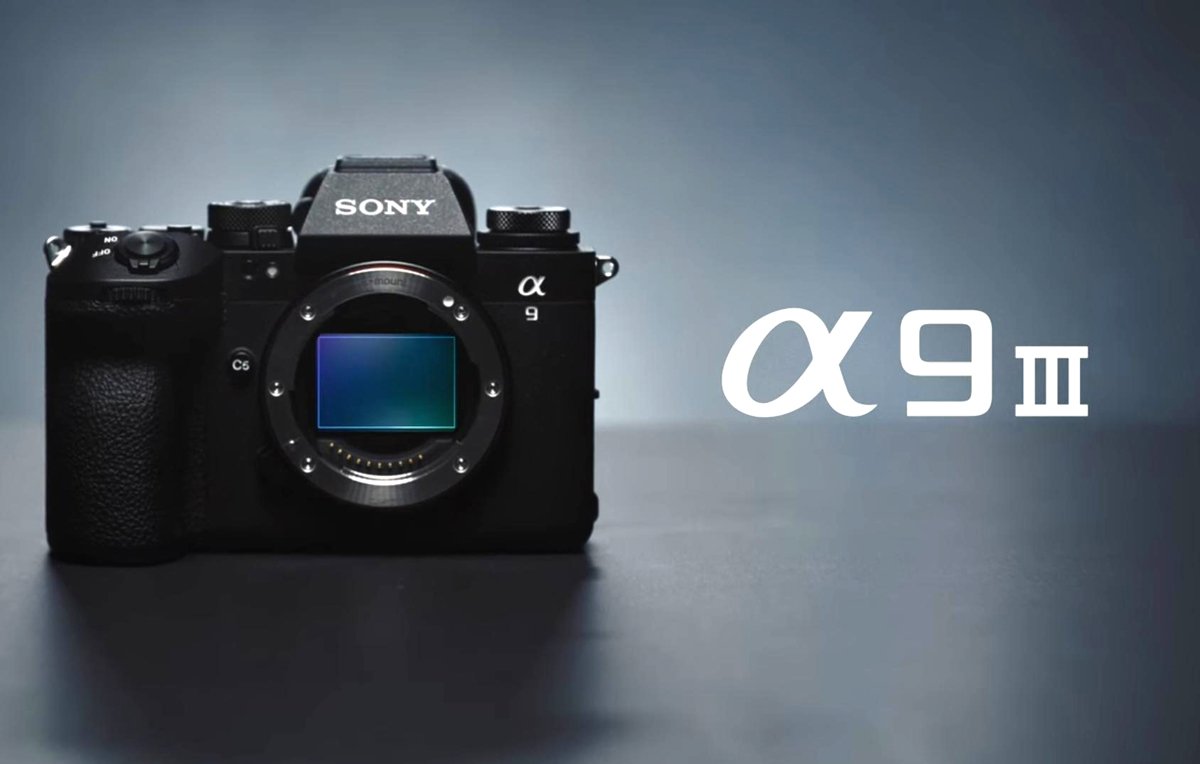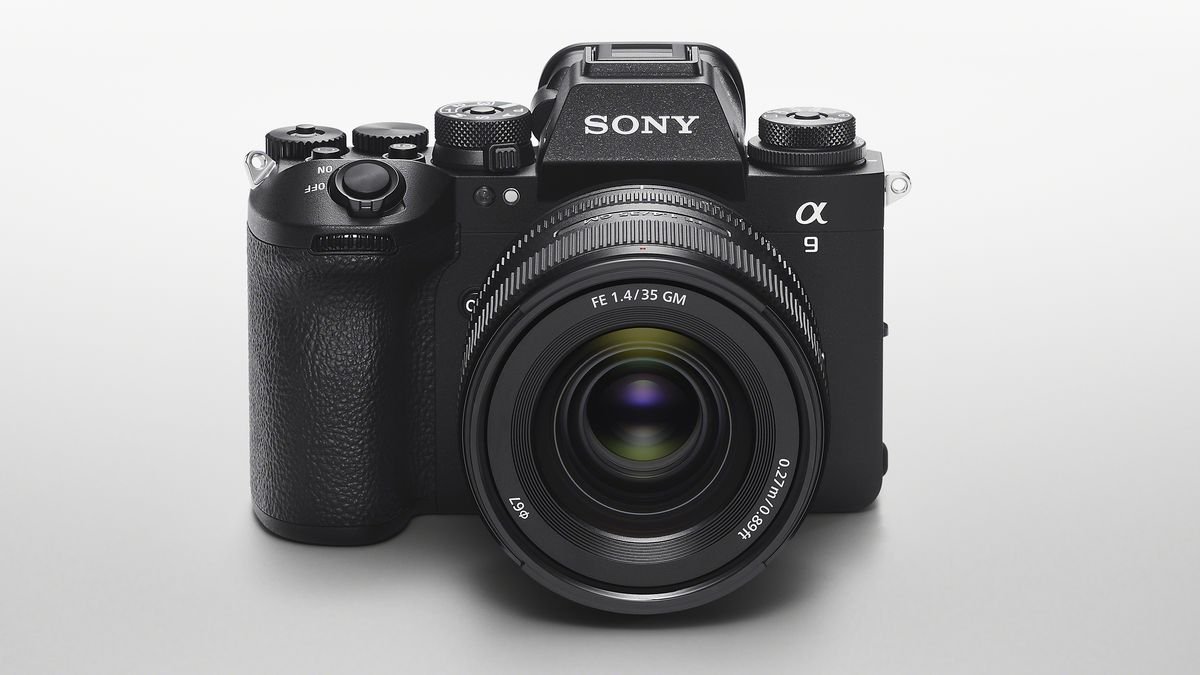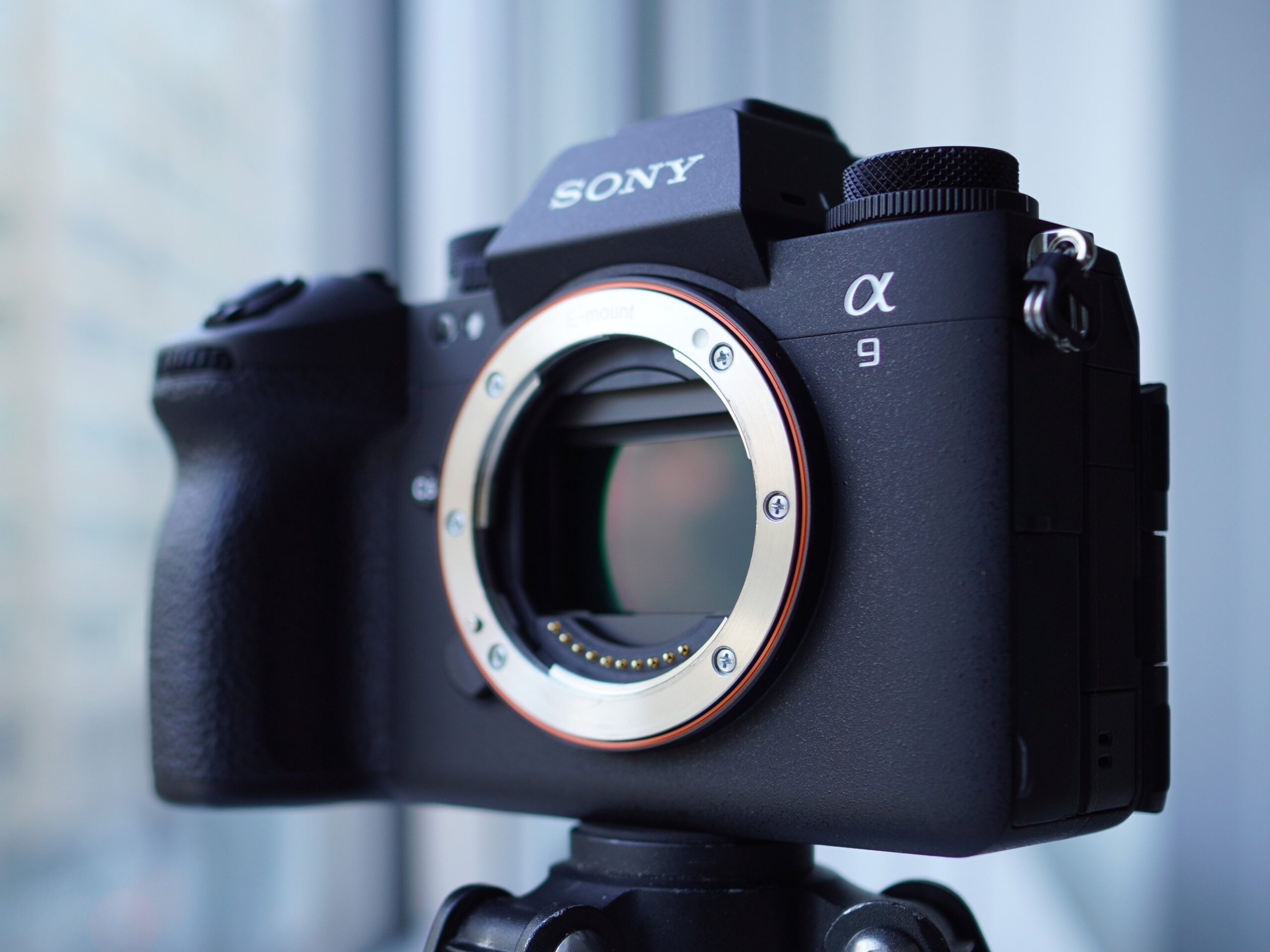Sony a9 III Review: The Camera That Stops Time

For years, photographers have worked around a fundamental limitation of digital sensors: they read images line by line. This “rolling shutter” effect bends straight lines, creates banding under artificial lights, and limits flash sync speeds. We accepted it as a law of physics. The Sony a9 III arrives not just to break that law, but to obliterate it. Armed with the world’s first full-frame global shutter sensor, this camera isn’t an incremental update; it’s a technological earthquake that redefines what’s possible in capturing motion.
The Speed of Light, Literally
Let’s be direct: the global shutter is the entire story here. By reading every single pixel on the 24.1 MP sensor simultaneously, the a9 III achieves things that feel like science fiction. The most obvious benefit is the complete and total elimination of rolling shutter distortion. Fast-swinging golf clubs, airplane propellers, and rapid pans in video are rendered with perfect, geometric accuracy. What was once a persistent artifact of digital imaging is simply gone.

This technology unlocks a cascade of performance benefits. The camera can shoot full-resolution RAW files at a blistering 120 frames per second with full autofocus and auto-exposure, all without a hint of viewfinder blackout. You never lose sight of your subject. Coupled with a new pre-capture function that records a full second of action before you press the shutter, missing the “decisive moment” is now a conscious choice rather than a technical failure.

Perhaps the most revolutionary feature for many professionals, however, is the flash synchronization. The a9 III can sync with a flash at its maximum shutter speed of 1/80,000 second. This is not a typo. The ability to overpower the midday sun with a small flash, freezing action with a wide-open aperture for a shallow depth of field, is a creative tool that fundamentally changes the game for portrait, sports, and event photographers.
Refined Ergonomics, Familiar Form
Wrapped around this revolutionary sensor is a body that feels like a mature and refined version of previous Alpha cameras. Sony has clearly been listening to feedback. The grip is deeper and more comfortable, providing a more secure hold, especially with long lenses. A new, customizable C5 button has been added to the front, and the dials and shutter button have a more tactile, premium feel.

The 4-axis multi-angle LCD screen is another welcome improvement, combining the utility of a tilting screen for waist-level shooting with the flexibility of a fully articulating vari-angle monitor for vlogging or awkward angles. The 9.44-million dot OLED electronic viewfinder is stunningly clear, bright, and fast, making the blackout-free shooting experience incredibly immersive. Build quality is exactly what you’d expect from a flagship pro body: robust, magnesium alloy construction with extensive weather sealing ready for the harshest conditions.
Image Quality and The Global Shutter’s Cost
No technology comes without trade-offs, and the a9 III is no exception. The nature of the global shutter sensor design necessitates a higher base ISO of 250. In good light, the image quality is excellent, with pleasing colors and sufficient detail from the 24-megapixel sensor. However, when the light fades and you need to push the ISO, it cannot quite match the pristine, low-noise performance of its stacked-sensor competitors like the Nikon Z9 or its sibling, the Sony A1.
This is the central compromise of the a9 III. You are trading a small amount of low-light performance and some resolution for a level of speed and motion-stopping capability that is, for now, unequaled. For the target audience—top-tier sports, wildlife, and photojournalism professionals—this is a trade they will likely make without hesitation. The 24MP resolution is also a pragmatic choice, keeping file sizes manageable when you’re firing off thousands of images at 120fps. Video capabilities are also strong, with uncropped 4K at 120fps and, of course, zero rolling shutter, making it a formidable tool for high-speed videography.
A Verdict for the Professional on the Edge
The Sony a9 III is not a camera for everyone, and at its steep launch price, it doesn’t pretend to be. It is a highly specialized, ruthlessly effective tool designed for professionals who cannot afford to miss a single moment. It is for the Olympic photographer who needs to freeze a sprinter crossing the finish line, the wildlife photographer capturing a hummingbird’s wings, or the commercial photographer who needs absolute control over light and motion.
For these users, the limitations—a higher base ISO and a modest megapixel count—are trivial compared to the problems the camera solves. The a9 III doesn’t just take pictures; it stops time. It offers a level of technological certainty that allows photographers to focus purely on creativity and composition, knowing the hardware will flawlessly execute their vision. It is, without exaggeration, a view of the future, available today.
Where to Buy:
Sony a9 III Quick Summary
Key Scores:
- Value: 92%
- Design: 93%
- Performance: 90%
- Quality: 91%
- Popularity: 90%
Top Pros
- ✅ Global shutter completely eliminates rolling shutter distortion.
- ✅ Blackout-free 120fps burst shooting captures every moment.
- ✅ Flash synchronization is available at all shutter speeds.
- …
Key Cons
- ❌ Higher base ISO of 250 affects low-light image quality.
- ❌ The 24-megapixel sensor may feel limiting for some genres.
- ❌ Premium price tag places it beyond most enthusiasts’ reach.
- …










 Visit Claritypoint.AI
Visit Claritypoint.AI






